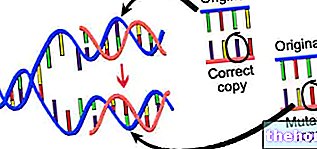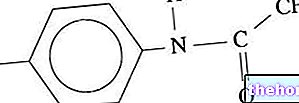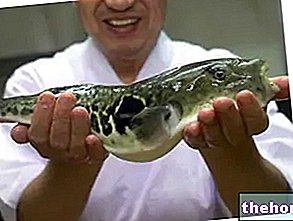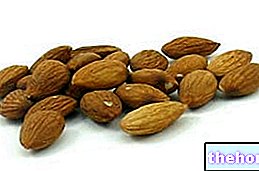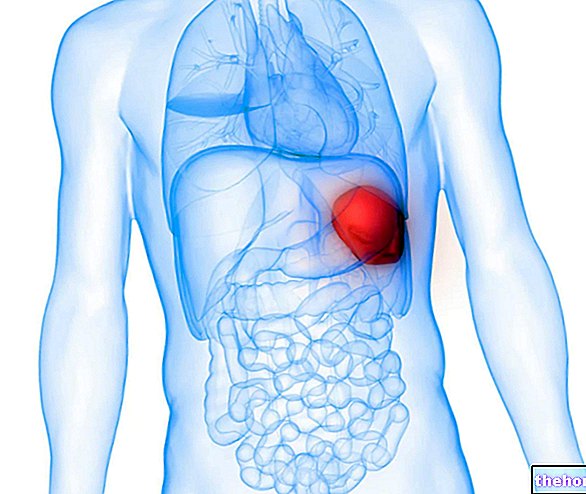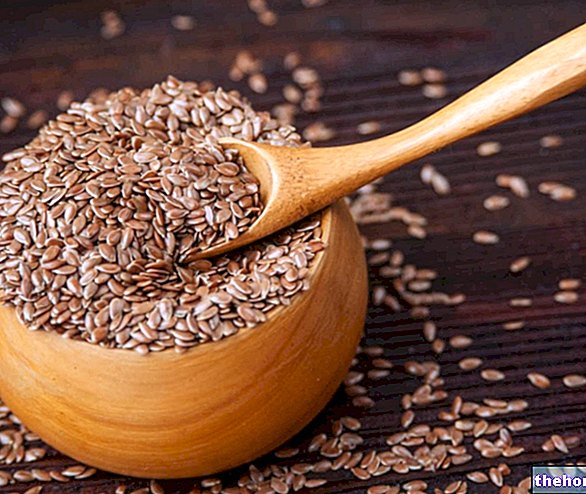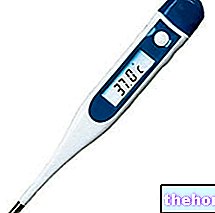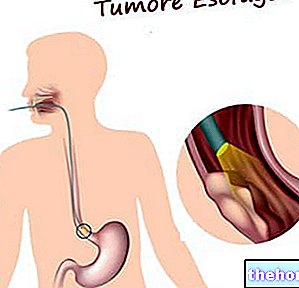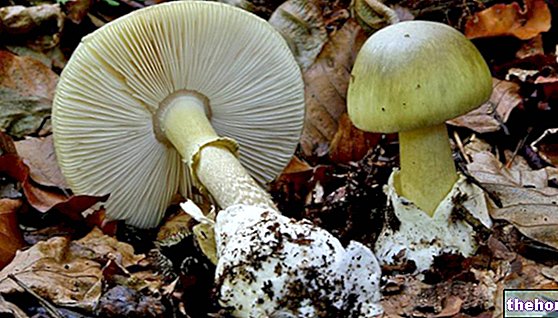This article analyzes some toxins present in food, capable of developing adverse effects in our body. These toxic substances are:
ENZYME INHIBITORS: legumes - such as soy, beans, chickpeas, etc. - they contain substances which act as inhibitors of proteases, lipases, amylases and other enzymes. These inhibitory substances - in high doses, certainly not achievable with a "balanced diet - can cause various adverse effects. The first effect is at the level of the pancreas, with a" pancreatic hypertrophy, the second, however, consists in a reduced growth of the " body.
LECTINS: lectins are proteins, glycoproteins or lipoproteins, which are part of the plant family of phytohaemaglutinins, so called because they favor the aggregation of red blood cells.

GLUCOALKALOIDS: glucoalkaloids derive from some solanaceae such as potatoes, aubergines and tomatoes. The substances in question - which can develop and accumulate inside these plants - are solanines. An "excessive introduction" of solanine into the organism (dosage higher than 20 mg per 100 grams of solanacea) can cause an "irritating and inhibit the action of acetylcholinesterase.
OXALIC ACID: we find it mainly in tomatoes, spinach, tea and cocoa. Oxalic acid is toxic because it binds calcium making it no longer available to our body; furthermore the calcium crystals that precipitate cause damage to the renal and vascular tissue. Also in this case it is very difficult to take enough oxalic acid to cause these effects, precisely because the quantities to be taken are very high (we are talking about more than two kilos of tomatoes and more than half a kilo of spinach).
PHYTIC ACID: it is found in cereals, legumes and dried fruit. Phytic acid binds divalent and trivalent metals, which are important for cellular functioning. Phytic acid can therefore reduce the absorption of copper, zinc, iron and calcium.
TOXIC AMINO ACIDS: these "anomalous or atypical" amino acids are very different from the classic amino acids used for the formation of proteins. A greater introduction of these anomalous amino acids causes NEUROLACTYRISM. The main causes of this consequence are DABA (L-2,4-diaminobutyric acid) and ODAP (3-N-oxyl-diaminopropionic acid), mainly present in the seeds of the cicerchia. Neurolactyrism is characterized by muscle weakness and muscle rigidity , up to the paralysis of the lower limbs. Another very dangerous pathology is FAVISM. This pathology is characterized by the deficiency of an enzyme, which is glucose-6-phosphate-dehydrogenase. An individual who has favism is able to produce only small quantities of NADPH (necessary, among other things, for the functioning of glutathione, therefore useful for the antioxidant action and for the integrity of red blood cells). For this reason, when people affected by favism take small quantities of foods, such as broad beans, which contain the toxic amino acid 3,4-dihydroxyphenylalanine, can go against hemolysis of red blood cells and in severe cases even death.
CYANOGENETIC COMPOUNDS: these food toxins are found mainly in the seeds enclosed in the stone, such as that of peach, apricot or cherry. An example of a cyanogenetic compound is given by amygdalin, a glycoside capable of producing hydrogen cyanide. Hydrogen cyanide is a mitochondrial poison that hinders the production of adenosine triphosphate (ATP), essential for our body.
VASOACTIVE SUBSTANCES, such as tyramine contained in fermented foods, such as cheeses, leavened products, beer, wine and coffee. Tyramine is an indirect sympathetic-mimetic amine, capable of emptying the vesicles containing noradrenaline and adrenaline, causing a massive release of these neurotransmitters, especially in the heart and blood vessels. The consequence is a hypertensive crisis. In depressed patients, whose treatment involves the administration of MAO inhibitors, tyramine is not degraded causing hypertension.
Other articles on "Toxins in Food"
- Power supply: power supply clipboard
- Toxicity and toxicology
- Poisonous mushroom poisoning


